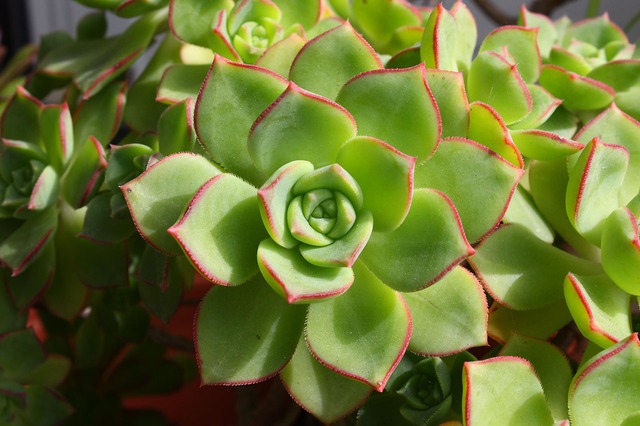Learning a New Hobby: Calligraphy 101
Patricia Aira Sales in Hobbies and Interests
Aug 08, 2020 • 2 min Read
Eat, sleep, repeat – it could be most people’s routine this quarantine season. A routine helps maintain a sense of stability but having the same routine for a long period may seem boring. To drive away from a routine, learn a new hobby that can provide some sort of escape and can help you take your mind off from things that we cannot control.
One skill that could easily be learned is Calligraphy. It came from the Greek word “kallos” which means ‘beauty’ and “graphein” means ‘write’ – to write beautifully. To learn the art of calligraphy, remember that first, you do not need to have ‘great’ handwriting to start with, just start creating. Second, take your time. Do not rush yourself into being a pro at calligraphy. Third, believe in yourself. Doubting yourself and your will to learn will block you from starting your journey.
It does not take much to start calligraphy and hand lettering. A pen and a piece of paper are all you need. It is also important to invest in quality materials, especially paper. Pens, nibs, markers, brush pens, and even watercolor brushes can be used when writing. However, the usual bond paper is not recommended when using some pens as the ink may bleed.

Below are the basics to start and learn calligraphy:
- The eight basic strokes. The eight basic strokes will help you when writing the letters. These are the upstroke, downstroke, overturn, under turn, compound curve, oval, ascending loop, and descending loop.
- The light and heavy pressure. When practicing the eight basic strokes, there are certain points where you have to apply pressure on the pen for the stroke to look thicker. Light pressure is applied to upward strokes while heavy pressure is applied on downward strokes.
- Do not rush into writing letters. Doing the strokes too quickly will lead to a soggy bottom because you won’t have enough time to transition from the heavy pressure of a downstroke to the light pressure of an upstroke.
- Keep practicing. Once you get the hang of the strokes and the pressure, just keep writing and practicing. There is no other way around it. Learning the art of calligraphy is not an overnight thing. It will take time before you master it.
- Connect with other calligraphy artists. Learning from other people is a great step to further progress your newly acquired hobby. Getting inspirations and new ideas from other calligraphy artists will help you create ideas of your own. Seeing videos online of the process when making calligraphy works is pleasing to the eye and calming to the nerves.

Keeping your works is also important so you can track your progress and see how far you have gone into doing calligraphy. Hopefully, these tips will help you add another activity to your routine and inspire you to create more art.




